Urdhva Padmasana
- Urdhva: Upward
- Padma: Lotus
- Asana: Pose
FOCUS ON…
Many practitioners of Yoga find Padmasana to be at least temporarily inaccessible. In that situation, should this asana be done with the legs unbound, in a cross-legged position? Some teachers encourage it. I do not encourage or dissuade students from trying with unbound legs if lotus is impossible; personally, I think it feels very unstable without the lotus and I’m not sure the correct forces of motion can be brought into play without lotus. Try it for yourself and proceed in the most intelligent way.
When entering lotus, it is best to avoid using the hands as much as possible. If the action is done using the strength of the legs alone, the risk of injury to the interior structures of the knees greatly reduced. This is the easiest lotus position to enter without using the hands, so it is a good place to practice the action.
Once you’ve gotten yourself into the general shape of the asana, stabilize the body by pressing the knees into the hands and resisting with the arms. This will help keep you from tottering about, and additional help give leverage to maintain the neutral serpentine shape of the spine.
Vinyasa of the Pose
From Karnapidasana, inhale and lift your legs as if returning to Sarvangasana. Bind the legs in Padmasana position:
First, bend the right knee deeply while keeping the left straight. Place the right as close to the left hip crease as possible without using your hands.
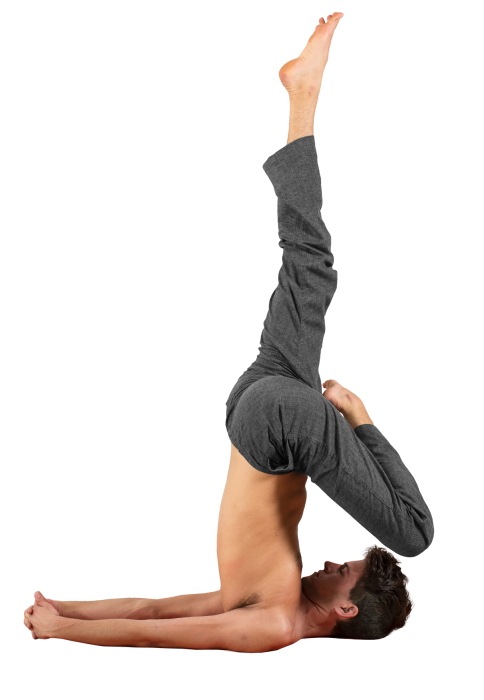
Next, lift the right knee straight up and pull the left leg down towards the ground. This action will slide the right foot into place.
With the right knee lifted as much as possible, slip the left foot into the right hip crease.
Place the hands on the knees. Press the knees firmly into the hands, and resist with the strength of the arms. This action encourages the uddiyana process.
Take at least 10 measured breaths here.
Enter Pindasana with no intervening vinyasa.

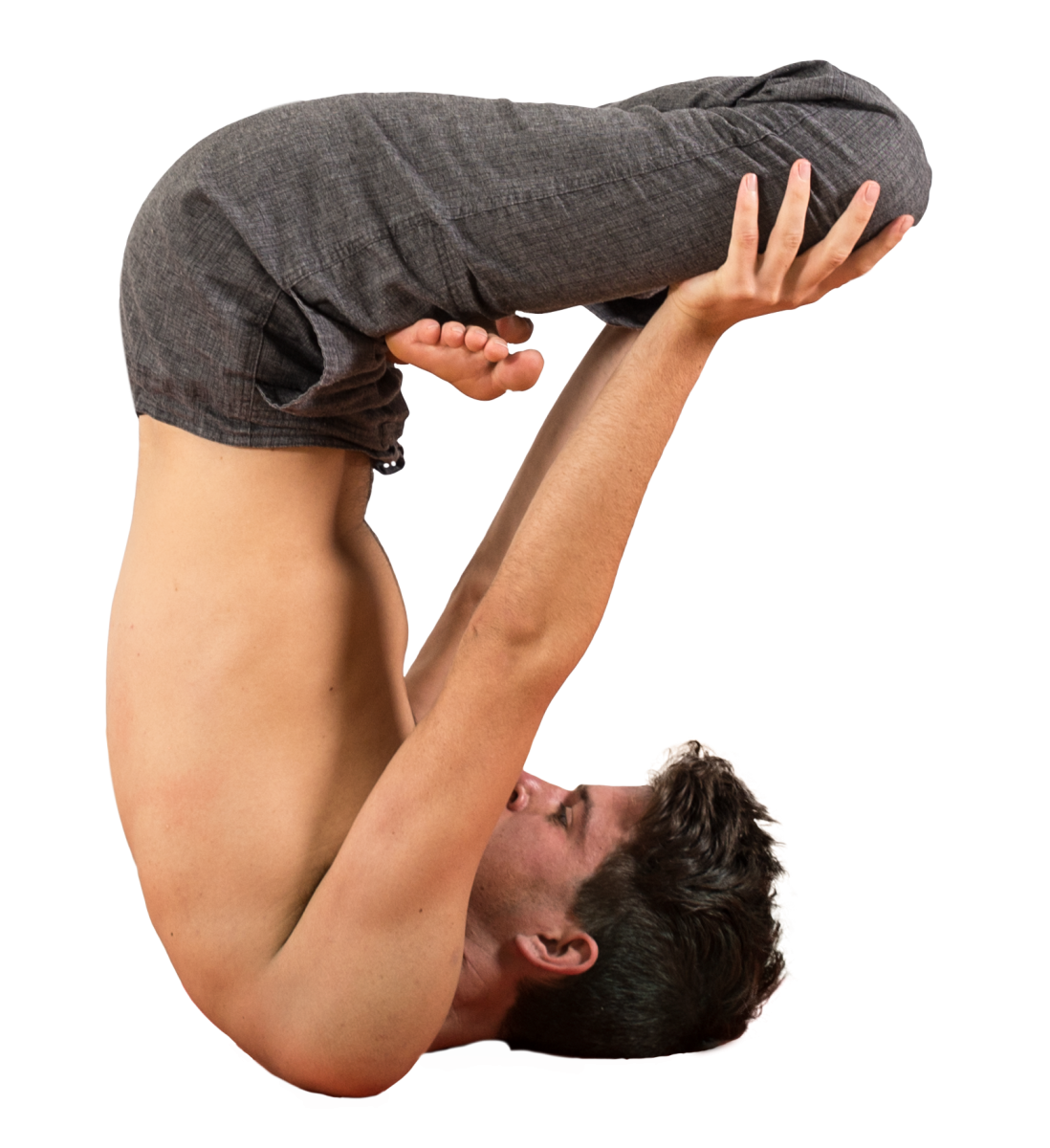
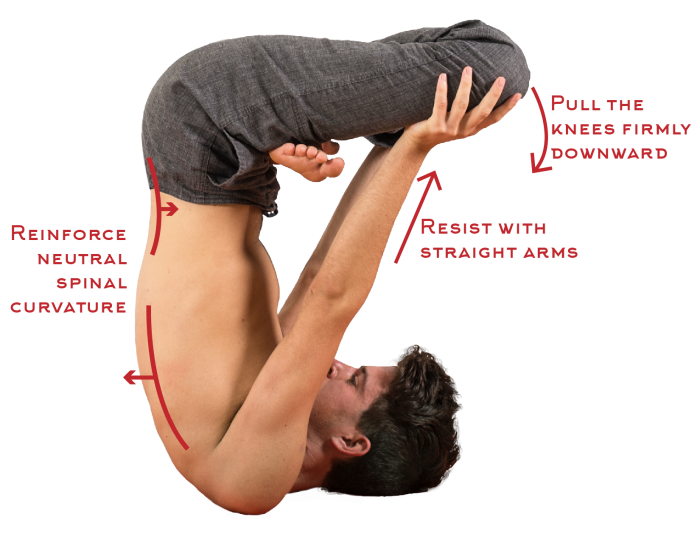
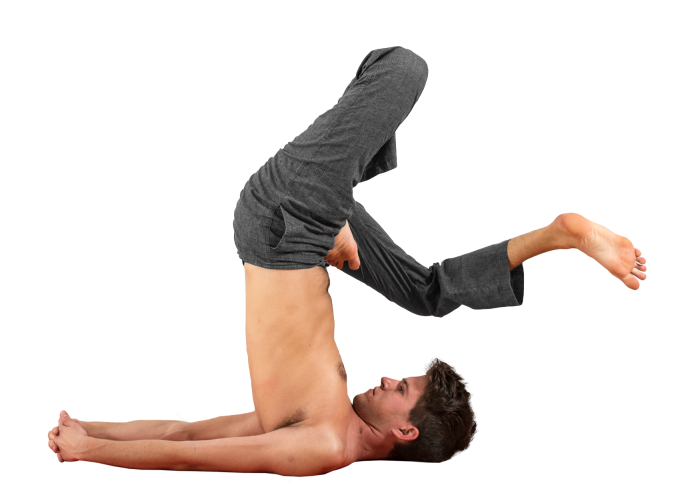
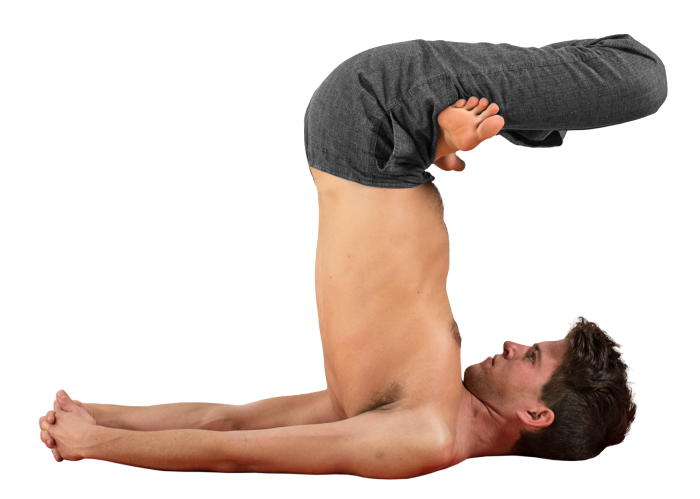
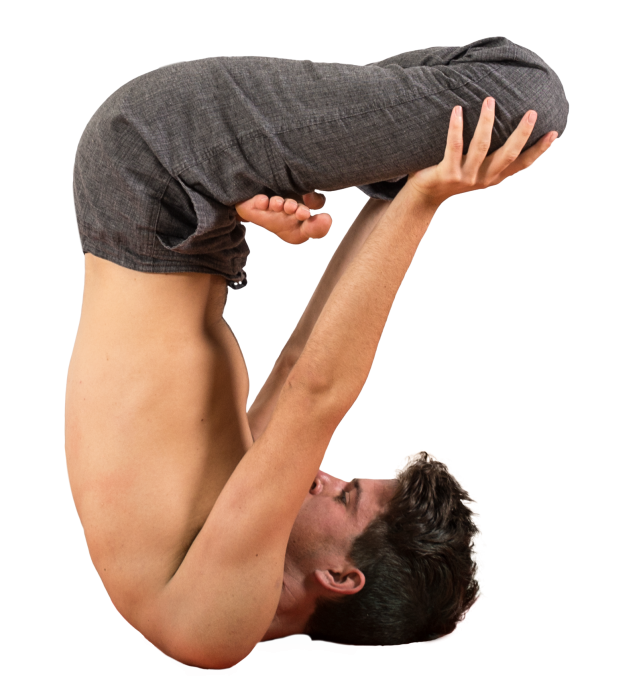
Awesome explanation … under 2 years into yoga … have feel hard for Ashtanga though …
As I begin to get deeper into the “apex” postures I seem to be ready to retain more information, which I find very interesting. Majority of my practice is at home as there is limited access to the Primary Series where I live. Although I may have been told this before about the no hands approach to get into Urdhava Padmasana in the Finishing Postures, I’m now ready to incorporate this new approach to get into Padmasana first. I have always used my hands (I feel like I’ve been cheating … lol) but also recognize it as growth when a person is ready … love your explanations … thanks again.
Thank you for the comment! Knowledge trickles into and fills the poses slowly… it takes time!